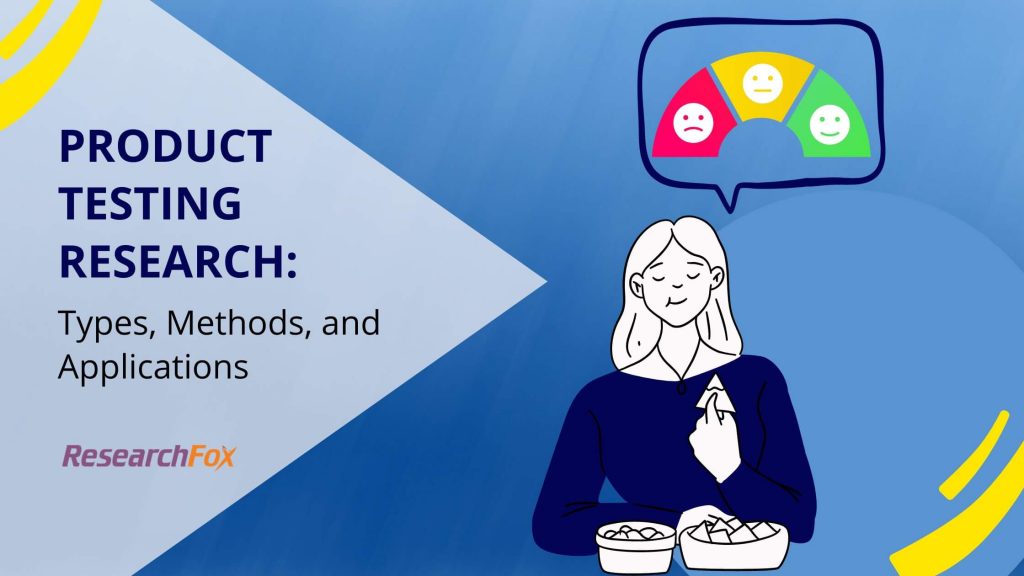According to a recent CRISIL report, the FMCG sector is set to report a growth of 10-12% in FY 2022 which is higher as compared to the previous years’ growth. The FMCG sector is expected to double the revenue growth in the coming fiscal year, owing to factors such as a recovery in demand in tier-1 and tier-2 cities and discretionary segments, as well as price rises implemented to counter the impact of rising prices of raw material and fuel.
The pandemic had a big impact on the FMCG sector where it not only changed consumer buying behavior but also made FMCG companies reinvent their strategies for new customer acquisition, retention of existing ones, and enhancing value propositions. The consumption sizes and preferences have transformed during this period and some of these changes are likely to be permanent.
As you watch television, use the internet, or go to a supermarket, you’ve probably already noticed certain trends that are impacting the production, marketing, and sales of fast-moving consumer goods (FMCG).
Let’s deep dive into each of the consumer and retail trends that are influencing the FMCG sector in 2022:
Trend 1: Quick doorstep delivery:

Consumers and their families are seeking greater convenience as their lives become busier, particularly when it comes to obtaining groceries. The brands have lately realized higher profit margins in the D2C (Direct to customer) model and are tempted to set up direct sales channels through multiple digital marketplaces and open exclusive brand stores and websites. Brands with exclusive websites for consumer sales have reported a more than an 80% percent rise in year-on-year consumer demand in the past year which is predicted to continue in 2022 as well. D2C has evolved as a popular business model which will find more relevance in the coming years for the FMCG industry.
Capitalizing on the D2C trend, most brands have partnered with digital marketplaces like Blinkit, Zepto, Swiggy Instamart, Dunzo, and more to get their product delivered directly to the consumers within minutes.
Trend 2: New and more convenient assortment of products at Retail Outlets

The demand for quick snacks, ready-to-eat, heat-and-eat, frozen foods, and ready-to-use ingredients has seen a sharp rise due to the changing lifestyles of consumers. The supermarkets are also stepping up their game by selling a wide range of ready-to-eat meal alternatives, including anything from pre-cut fruit-vegetable-nut bundles to three-course meals. FMCG companies are reacting to consumer demand for convenience in a variety of ways by revamping their existing product offering and launching new product ranges and assortments across categories.
Brands like MTR, ID, Ashirwad, Godrej, etc have launched a wide range of quick food options that consumers can cook easily and within minimum time.
Trend 3: Consumers have placed a high value on their health

Seemingly healthier low-sodium, reduced-fat, and sugar-free products have been available in the market for a decade. However, other options that were used to be found only in specialty health food stores have made their way into “normal” supermarkets as consumers want food and beverages that they believe will do less harm or actively improve their health, day-to-day performance, and general well-being. Products such as plant-based protein milk alternatives (like soy or almond drinks), lab-grown “cultured meat,” and alcohol-free “mocktails” are gaining wider acceptance and availability.
Trend 4: Customers are looking for a unique experience

Consumers, particularly Millennials and Generation Z, are more interested in experiences than physical items, according to MCG manufacturers. As a result, industry players are investing in digital capabilities to enable more targeted communication via social media and community management, develop experiences around their products, and encourage sharing among consumers. Additionally, FMCG companies are releasing more items that attract consumers’ attention, such as Coca-Cola cans with names on them or snacks with more extreme tastes, such as hot and spicy Doritos Blaze. These solutions enable customers to share their experiences online and initiate dialogues with their peers, resulting in a higher return on marketing spending as well as a wealth of data to help marketers accelerate and inform their efforts.
Trend 5: Adopting technology

Technology is a trend that has been around for a long time and will continue to evolve and develop in the future. It is now being more crucial than ever for customers to be on the bleeding edge of technology as it advances. There are several opportunities for FMCG firms to stay ahead of the game, including VR, AI, and AR. Because smartphones have become an extension of reality, businesses are developing new ways to connect with customers, improve their experience, drive participation, and provide innovative goods and ideas that line with their values. Data is assisting a company in gaining a better understanding of how their consumers engage with them now and how they might put consumer insights to work for them in the future.
Final Words
E-commerce for FMCG is going to reach US$ 400 billion by 2022, which will represent between 10-12% of the global market, as per Nielsen estimates. The Indian processed food market is projected to expand to US$ 470 billion by 2025, up from US$ 263 billion in 2019-20. By 2022, global FMCG e-commerce sales are set up to become a US$ 400 billion opportunity. As per the latest report, the Indian FMCG sector is estimated to be the fourth largest sector in the country. The household and personal care products account for about 50% of the total FMCG sales. The food and beverages sector is one of the largest in the FMCG industry in India and contributes to approximately 30% of the household spending in India.
According to ResearchFox, 2022 will be the year of investment and new collaborations as retailers position their business model, strategy, marketing, shops, and operations to thrive in a post-pandemic world.
Our latest posts:
- What Primary Research Data Looks Like Today
- 2022 Indian shopping trends: How will your customers shop online?
- What is a Customer Journey Map and how to create it?
- Using Customer Ethnography To Gain In-Dept Consumer Insights
- Consumer Research: Process, Scope, And Benefits For the FMCG industry



